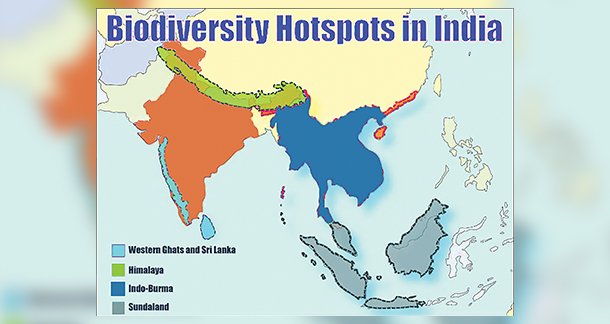An Overview of Indian Ornamental Fish Export in the last decade
Ornamental fish exports from India have increased tremendously in the last decade as many new indigenous species have been identified as suitable candidates for aquariums because of their colouration, behavioural pattern, and habitat.
India is blessed with a huge water spread area of 1.89 million hectares suitable for native species collection, aquaculture and ornamental fish production. Marine Ornamental fish is still an untapped resource as far as India is concerned. More than 50 reef fish families consisting of 175 genera and about 400 species of marine ornamental fishes available in Lakshadweep, Andaman & Nicobar Islands contribute to the aquatic ornamental wealth of the country.
Unique Indigenous Ornamental Fish Species Portfolio
India is endowed with an amazing diversity of fresh water fish, both in the western Ghats and North eastern Hills. The western Ghats of India is one of the 34- Bio diversity “Hot spot” areas of the world. There are about 180 indigenous fish which are being exported from the country and a brief description of some of these is given below:
Barbs
India is known as the land of barbs. There are many colourful barbs like Sahyadria denisonii, Dawkinsia assimilis, haludaria fasciata, Dawkinsia rohani, Dawkinsia rubrotinctus, Drape fin barb, Oreichthys crenuchoides, etc.
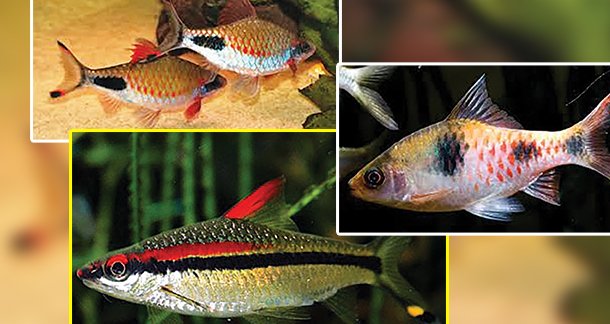
The preferred PH is 6.5 to 7, with alkalinity of 50 to 120ppm, low alkalinity and moderate water hardness. A temperature of 18 to 26 Degrees Celsius is acceptable. These fish accept frozen blood worms, Tubifex and artificial pellets. Though most of the barbs are collected from wild captive breeding technology, for some of the barbs like denisonii and Indigo barb Pethia setnai are already standardised.
Loaches
These fish are ideal for community aquariums, not only due to their beautiful striations and markings, but also because of their behavioural patterns. They also act as scavengers and help in controlling unwanted snails and algal growth.
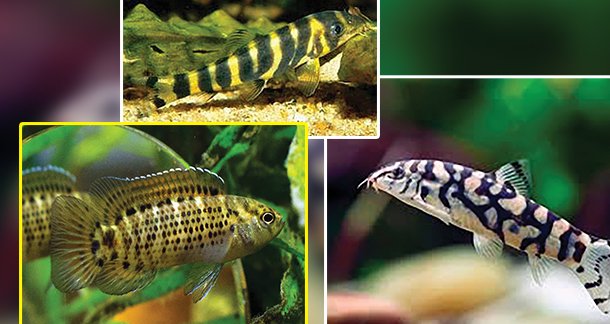
They prefer a Ph of 6 to 7 with moderate alkalinity and hardness. It prefers frozen blood worms, Tubifex and specialised artificial pellets for loaches.
Badis species
There are several different types of Badis species such as scarlet badis, Badis buxar, Badis badis etc. Their natural habitat is slow-moving rivers and streams with plenty of plant cover. So, it is ideally suited for a planted aquarium with some drift wood and rocks.

Water parameters required for this fish should be a pH of 6.5 to 7.5, moderate alkalinity and temperature range of 23 to 26 degree Celsius. They feed on small crustaceans, frozen blood worms and Tubifex
Cichlids
There are several speceis cichlids which has ornamental value such as Green chromoide , (Etroplus suratensis) Orange Chromide, (Etroplus Maculatus) and canarensis (Etroplus canarensis).
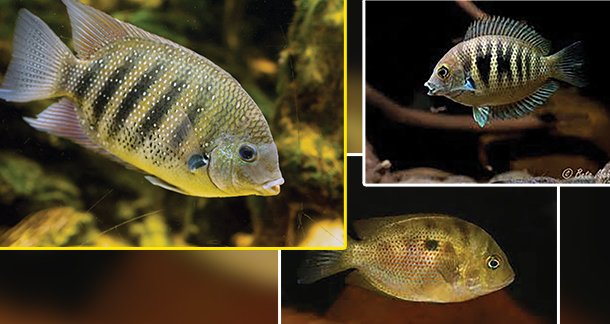
These fish prefer a Ph of 7 to 7.5 with moderately alkaline water. They can be easily trained to feed on artificial pellets of a suitable size.
Eels
There are different types of fresh water eels belonging to mastacembalus genus that are exported from India, such as Tyre track eel, spiny eel, fire eel, peacock eel. Fresh water eels are nocturnal predators and care should be taken to provide hiding spaces and to feed them in the night. These fishes form a good addition to community aquarium with angels, gourami and other peaceful fishes. pH of 6.5 to 7.5 with moderate alkalinity and good circulation is needed for these fish.
Stone cat (Hara jerdoni)
Inhabits slow-moving streams and rivers and prefers an aquarium with drift wood, soft substrates, and sandy bottom with relatively cool water which is well oxygenated. Soft water with a pH of 6.5 to 7 Preferred.

The natural habitat of Mudskipper (Periopthalmus sps) are near mud flats near swamps and estuaries. Because of their amphibious adaptations, they can climb out of water and skip along.
Puffer Fish
Dwarf Green Puffer Fish (carinotetradon travancoricus)
This species is endemic to the western Ghats of India and is found in the coastal areas of Kerala, Chalakudy river and pampa river. It prefers soft water with pH of 6.5 to 7 and feeds on small crustaceans, blood worms and tubifex worms. It is added to planted tanks where it efficiently removes all the unwanted snails.
Milk spot Puffer Fish ( Chelonodon patoca)
These fishes are found in the mouth of rivers or mangrove estuaries and prefer a slightly alkaline water,with a salt content of about 2 to 5 ppt.They feed on blood worms, tubifex and once adjusted its very easy to maintain in a slightly brackish water aquarium

Barilius ardens
Barilius ardens prefer very clear and highly oxygenated water with a low pH and moderate alkalinity. Circulations pumps which provides continuous flow of water is ideal for a barilius tank
Channa species or Snake Heads
These fish are tolerant to a wide range of water quality parameters once they get adjusted. They tend to jump and hence, the aquarium should be fixed with a tight-fitting cover. Once well adapted to the aquarium, they will exhibit their brilliant coloration and unique behavioural pattern. The different species of channa being exported from India are Golden Cobra Snake Head (Channa aurantimaculata), Channa stewarti, Channa bleheri, channa andrao, Channa paradalis
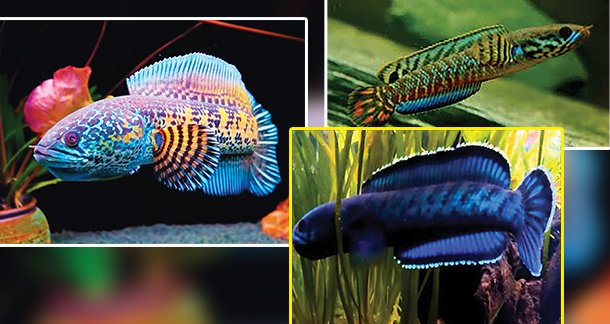
Conclusion
Recent technological advancements in water quality management, identification and treatment of diseases, Feed formulation, anaesthetics and packing methods coupled with high speed Internet, roads and more flights to different destinations of the world has empowered the exporters from India to increase the export of ornamental fishes from Indi.

